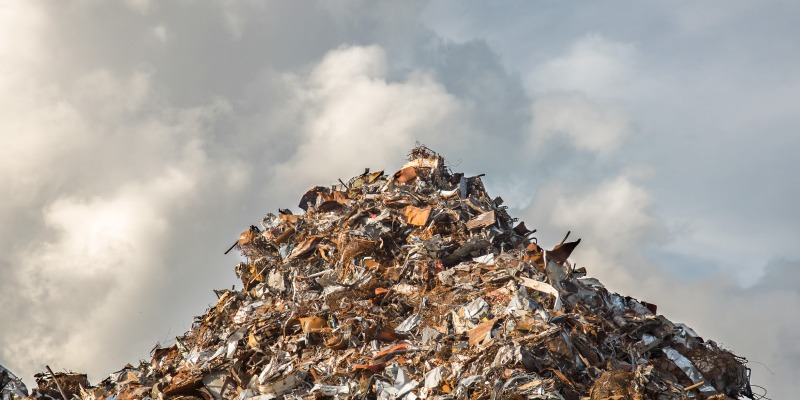Is Landfill Disposal or Waste-to-Energy Better for America?
October 13, 2021

Let’s compare the effectiveness of these disposal methods in various categories of managing waste and mitigating its negative impacts.
Managing Waste
- Landfills
When household waste is landfilled, it can take 100 years or more for it to degrade. Out of sight, out of mind, and largely unmonitored, there is nothing secure about the materials that are disposed of in landfills. For one, they can leak, contaminating soils, groundwater and surface waterways. In the U.S. alone, there are 2,622 landfills that collectively take up hundreds of thousands of acres, leaving ample opportunity for this to happen.
- Waste-to-Energy
With Waste-to-Energy, waste is completely incinerated, reducing its volume by 90% and eliminating many of the above issues. The remaining ash can then be further separated into small metal fractions for recycling or used in other processes, such as components in the production of construction materials. In just one year, American Waste-to-Energy facilities divert more than 35 million tons of waste from landfills, the equivalent of more than 15 thousand miles of filled garbage trucks, bumper to bumper.
Resource Recovery
- Landfills
What many people may not realize, is that some landfills are capable of recovering energy through gas capture technology. On average, landfills can generate about 65 kWh of electricity per ton of trash. One million tons of waste going to landfills, equivalent to about 120,000 garbage trucks-worth of waste, can power just over 6 thousand homes. When it comes to other resources, such as valuable metals, they are buried and lost.
- Waste-to-Energy
Alternatively, Waste-to-Energy facilities can recover enough energy to generate 550 kWh of electricity per ton of trash. One million tons processed through Waste-to-Energy facilities generates far more energy, in this case, enough to power more than 50 thousand homes. Additionally, Waste-to-Energy facilities recover metals, like iron. Covanta’s Waste-to-Energy facilities collectively generate enough electricity to power over 1,000,000 homes 24/7. They also recover about 600,000 tons of metal every year.
Emissions Control
- Landfills
It’s no secret that greenhouse gases are major contributors to climate change, making the ability to mitigate them paramount. Unfortunately, landfills are leading sources of methane, a greenhouse gas that is more than 80 times as potent as CO2 over 20 years. Most landfills have systems to capture the landfill gas containing methane, but significant amounts leak by, leading NASA scientists to identify a set of landfills in CA as super emitters. In addition to methane, landfill gas contains nearly 170 different types of pollutants, nearly all of which are unregulated.
- Waste-to-Energy
Relative to landfilling, Waste-to-Energy facilities reduce greenhouse gas emissions from managing solid waste. Covanta’s facilities annually divert more than 22 million tons of greenhouse gases—the carbon equivalent of removing more than 4.3 million cars from the road every year. In addition, the advanced incineration process is highly monitored, and controlled and what is emitted—vapor plumes that are 99.9% normal components of air— including nitrogen, oxygen, and water vapor—are well documented, transparent and publicly available. The remaining emissions are well below federal guidelines and permitting thresholds. Furthermore, Waste-to-Energy facilities are still being improved.
As concerns about communities and the environment pertaining to sustainable waste management continue to grow, we must consider the facts. Both Waste-to-Energy and landfills have impacts, however, Waste-to-Energy is a controlled and carefully monitored process that reduces greenhouse gases relative to landfilling and recovers valuable resources. In densely populated regions across the United States, these are benefits that are too big to ignore. So, when it comes to securing a cleaner, more prosperous future, Waste-to-Energy is the clear choice.
For more on Waste-to-Energy, visit our Waste-to-Energy page.